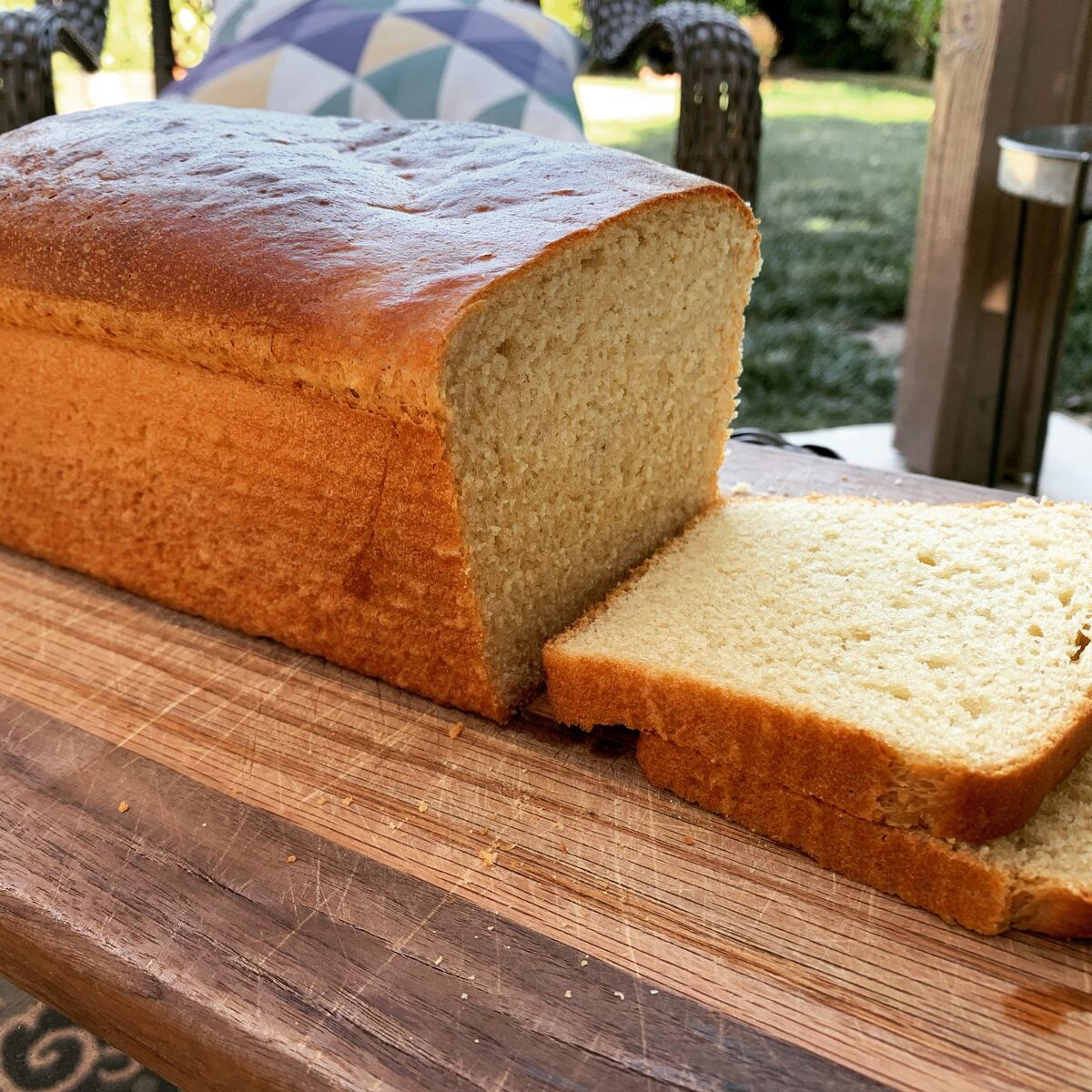

Articles
How To Store Milk Bread
Modified: December 7, 2023
"A comprehensive guide on how to store milk bread for maximum freshness. Learn effective methods and tips in this informative articles."
(Many of the links in this article redirect to a specific reviewed product. Your purchase of these products through affiliate links helps to generate commission for Storables.com, at no extra cost. Learn more)
Introduction
Welcome to the world of milk bread! If you’re a bread enthusiast, you probably know that milk bread is a soft and fluffy bread that is perfect for sandwiches, toast, or simply enjoying on its own. But to truly appreciate the deliciousness of milk bread, it’s important to know how to store it properly. Proper storage will help maintain its freshness, texture, and flavors for longer periods, ensuring that every slice is as enjoyable as the first.
In this article, we will guide you through the process of storing milk bread, whether you choose to keep it at room temperature, in the refrigerator, or in the freezer. We’ll also provide you with some helpful tips on extending its shelf life. So, let’s dive in and discover the best practices for storing milk bread!
Key Takeaways:
- Properly storing milk bread is essential for maintaining its freshness, texture, and flavors. Choose the right container, avoid excessive handling, and consider portioning before freezing to maximize its shelf life.
- Whether at room temperature, in the refrigerator, or in the freezer, following proper storage techniques ensures that every slice of milk bread is a delightful experience. Remember to store in an airtight container, avoid excessive handling, and label frozen portions for optimal freshness.
Read more: How To Store Milk
Choosing the Right Bread Container
When it comes to storing milk bread, choosing the right container is crucial. The ideal container should protect your bread from air, moisture, and other elements that can cause it to dry out or spoil. Here are a few options to consider:
- Bread Box: A traditional bread box is a great choice for storing milk bread at room temperature. Look for a bread box with a tight-fitting lid and enough space to accommodate the size of your loaf.
- Plastic Bag: For short-term storage, placing your milk bread in a clean, airtight plastic bag can help retain its moisture. Make sure to squeeze out as much air as possible before sealing the bag.
- Plastic Wrap: Wrapping your milk bread tightly in plastic wrap can also help preserve its freshness. Ensure that the entire loaf is covered to prevent air from reaching the bread.
- Sealed Container: If you prefer using a reusable container, opt for one that is airtight and provides a secure seal. These containers are excellent for protecting milk bread from moisture and pests.
Regardless of the container you choose, it’s important to keep your milk bread in a cool, dry place away from direct sunlight and heat sources. This will help maintain its texture and prevent it from becoming stale too quickly.
Remember, the key is to create an environment that maximizes freshness and minimizes exposure to external factors that can impact the quality of your milk bread. By choosing the right container, you’re already one step closer to enjoying fresh, delicious slices every time you reach for your loaf.
Keeping Milk Bread at Room Temperature
Milk bread can be kept at room temperature for a few days, especially if you plan on consuming it within a short period. However, it’s essential to follow a few guidelines to ensure that the bread remains fresh and doesn’t dry out.
First and foremost, make sure to store your milk bread in a clean and dry place. Avoid areas with excessive humidity or fluctuations in temperature, as these conditions can accelerate the bread’s staling process.
If you’ve purchased the milk bread in a plastic bag, you can keep it there as long as the bag is tightly sealed. However, if you’re dealing with an unpackaged loaf, it’s best to transfer it to a bread box or wrap it in plastic wrap to shield it from air exposure.
Another tip to prolong the freshness of milk bread at room temperature is to slice it only as needed. This helps prevent the exposed surface from drying out quickly. If you do need to slice the whole loaf, wrap the cut sections tightly in plastic wrap to preserve their moisture.
Additionally, avoid placing milk bread near strong odors or foods with strong flavors, as bread can easily absorb these smells. To maintain its original taste and aroma, it’s best to store milk bread separately from other food items.
Remember to periodically check the bread for any signs of spoilage, such as mold or off odors. If you notice any, discard the affected portion immediately to prevent contamination.
Overall, when properly stored at room temperature, milk bread can stay fresh for several days. Just ensure that you’re mindful of the storage conditions and take necessary precautions to maintain its texture and taste.
Storing Milk Bread in the Refrigerator
If you’re not planning to consume your milk bread within a few days or if you live in a particularly warm climate, storing it in the refrigerator can help extend its shelf life. However, it’s important to note that refrigeration can cause the bread to dry out faster than when stored at room temperature. With that in mind, follow these steps to properly store milk bread in the refrigerator:
- Wrap the milk bread tightly in plastic wrap or place it in an airtight container to protect it from moisture and prevent it from picking up odors from other foods in the refrigerator.
- Ensure that the refrigerator is set to a temperature of about 40°F (4°C) or slightly lower. This temperature range helps slow down the bread’s staling process.
- Try to consume the refrigerated milk bread within 3-4 days to enjoy it at its best. Beyond that timeframe, the bread may become dry and lose its softness and flavor.
- Before consuming the refrigerated milk bread, you can gently warm it in the oven for a few minutes or toast it to restore some of its freshness and texture. Be careful not to overheat it, as it can become too dry.
Keep in mind that refrigeration may slightly alter the taste and texture of milk bread. It’s recommended to consume it as soon as possible for the best experience. If you find that the refrigerated bread has become excessively dry or stale, consider repurposing it in bread pudding, French toast, or breadcrumbs rather than consuming it as is.
By following these guidelines, you can safely store milk bread in the refrigerator and enjoy its flavors and textures for an extended period.
Store milk bread in an airtight container or resealable plastic bag at room temperature for up to 2 days. For longer storage, freeze the bread in a freezer bag for up to 3 months. Thaw at room temperature when ready to eat.
Freezing Milk Bread
If you want to store milk bread for an even longer period, freezing is the way to go. Freezing milk bread can help retain its freshness and quality for up to a few months. Here’s how to freeze milk bread properly:
- Make sure your milk bread is completely cooled before freezing. If it’s still warm, it can create condensation inside the packaging and make the bread soggy.
- Wrap the milk bread tightly in several layers of plastic wrap or aluminum foil. This will help prevent freezer burn and moisture loss.
- If you prefer individual portions, slice the milk bread before freezing. Separate the slices with parchment paper or plastic wrap to prevent them from sticking together.
- Place the wrapped milk bread or sliced portions in a freezer-safe bag or container. Remove as much air as possible before sealing to minimize the risk of freezer burn.
- Label the bag or container with the date of freezing to keep track of the bread’s shelf life.
When freezing milk bread, it’s important to note that the texture may change slightly after thawing. However, the flavor and overall quality should remain intact if the bread is properly stored.
Remember to store the milk bread in the coldest part of your freezer, away from items that emit strong odors, to avoid absorption of unwanted flavors.
By following these steps, you can freeze milk bread effectively, allowing you to enjoy its delectable taste and softness whenever you’re ready.
Read more: How To Store Pumped Milk
Thawing Frozen Milk Bread
When it comes time to enjoy your frozen milk bread, thawing it properly is essential to maintain its taste and texture. Follow these steps to thaw frozen milk bread:
- Remove the desired amount of frozen milk bread slices from the freezer. If you froze the whole loaf, you can thaw it entirely or slice off the number of slices you need.
- Place the unwrapped slices or loaf on a plate or wire rack and leave them at room temperature to thaw. This process can take a few hours, depending on the thickness of the slices and the temperature of your kitchen.
- Alternatively, you can thaw the frozen milk bread in a preheated oven. Wrap the slices or loaf in aluminum foil and heat them at a low temperature, around 300°F (150°C), for about 10-15 minutes until fully thawed. Be sure not to overheat the bread, as it can become dry.
- Once the milk bread has thawed, it’s important to consume it within a day or two to enjoy it at its freshest. Avoid refreezing the bread, as it can affect its quality.
Keep in mind that the texture of thawed milk bread may be slightly different from freshly baked bread. However, with proper thawing and handling, it should still be soft and enjoyable.
If you have more slices than you can consume in a day or two, consider toasting them. Toasting can help revive the bread’s texture and enhance its flavor. Alternatively, you can use thawed milk bread in various recipes such as French toast, bread pudding, or sandwiches.
By thawing your frozen milk bread correctly, you can savor its delightful taste and softness, just as if it was freshly baked!
Tips for Extending Milk Bread’s Shelf Life
To maximize the shelf life of your milk bread and keep it fresh for as long as possible, follow these helpful tips:
- Store in an airtight container: Whether you’re keeping your milk bread at room temperature, in the refrigerator, or in the freezer, it’s crucial to store it in an airtight container or wrap it tightly in plastic wrap. This helps prevent moisture loss and keeps the bread from absorbing odors from other foods.
- Keep away from direct sunlight and heat: Exposure to sunlight and heat can accelerate the staling process and cause the bread to dry out quickly. Store milk bread in a cool, dry place away from direct sunlight and heat sources.
- Avoid excessive handling: Touching the bread with bare hands can transfer oils and moisture, which can lead to faster spoilage. Use clean utensils or wear disposable gloves when handling milk bread.
- Slice only what you need: To prevent unnecessary exposure to air, slice off only the amount of milk bread you plan to consume. This helps maintain the freshness of the remaining loaf.
- Reheat gently: If your milk bread has become slightly dry or stale, you can revive it by gently reheating it. Place the bread in a preheated oven or toaster at a low temperature for a few minutes until warmed through. Be careful not to overheat, as it can further dry out the bread.
- Regularly check for spoilage: Periodically inspect your milk bread for any signs of mold, unusual odors, or changes in texture. If you notice any of these indicators, discard the affected portion immediately to prevent contamination.
- Consider portioning before freezing: If you know you won’t be able to consume the entire loaf before it goes stale, slice the milk bread before freezing. This allows you to thaw and enjoy individual portions as needed, reducing waste.
- Label and date your frozen bread: When freezing milk bread, always label the container or bag with the date of freezing. This helps you keep track of its shelf life and ensures that you consume it within the recommended timeframe.
By implementing these tips, you can extend the shelf life of your milk bread and enjoy it at its optimal freshness for longer periods.
Conclusion
Milk bread is a delightful treat that deserves to be enjoyed at its best, which is why understanding the proper storage techniques is crucial. Whether you keep your milk bread at room temperature, in the refrigerator, or in the freezer, following these guidelines will help maintain its freshness, texture, and flavors.
Choosing the right bread container, whether it be a bread box or an airtight container, provides protection from air, moisture, and unwanted odors. Storing milk bread at room temperature can keep it fresh for a few days, while refrigeration can extend its shelf life for a bit longer. Freezing milk bread is an excellent option when you want it to last for an extended period, and proper thawing is necessary to preserve its taste and texture.
By incorporating the tips mentioned in this article, such as storing in an airtight container, avoiding excessive handling, and reheating gently, you can maximize the shelf life of milk bread and prevent unnecessary waste. Additionally, considering portioning before freezing and labeling your frozen bread ensures that you can enjoy individual servings at your convenience.
Remember, the key to preserving milk bread’s quality lies in proper care and storage. However, it’s important to note that no matter how well you store it, milk bread is best enjoyed fresh. So, make sure to savor it within its recommended shelf life to fully appreciate its softness and scrumptious flavor.
Now that you have a better understanding of how to store milk bread, you can ensure that every slice is a delightful experience. So go ahead, bake or purchase your favorite milk bread, and store it with confidence knowing that it will be perfectly preserved for your enjoyment!
Frequently Asked Questions about How To Store Milk Bread
Was this page helpful?
At Storables.com, we guarantee accurate and reliable information. Our content, validated by Expert Board Contributors, is crafted following stringent Editorial Policies. We're committed to providing you with well-researched, expert-backed insights for all your informational needs.
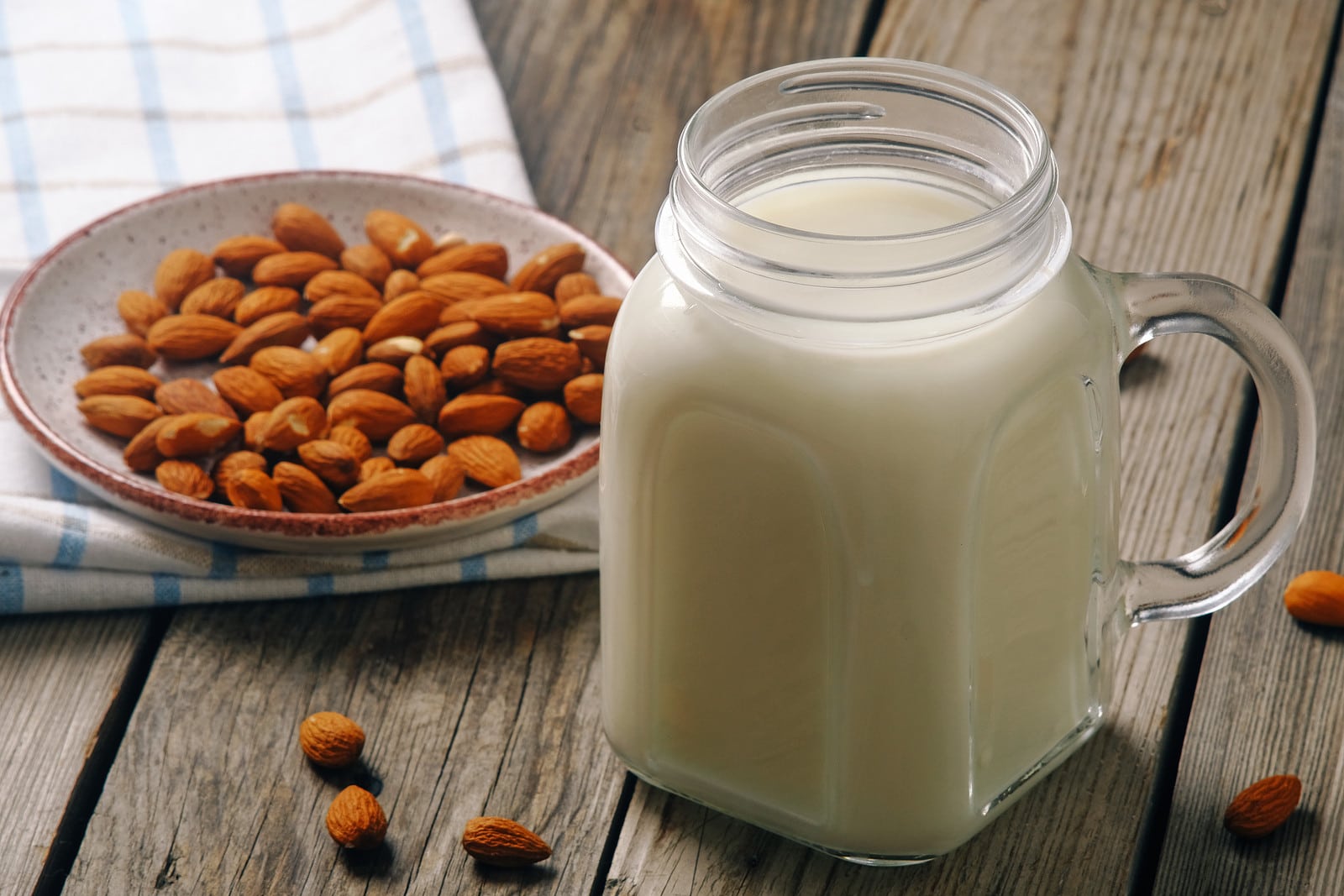
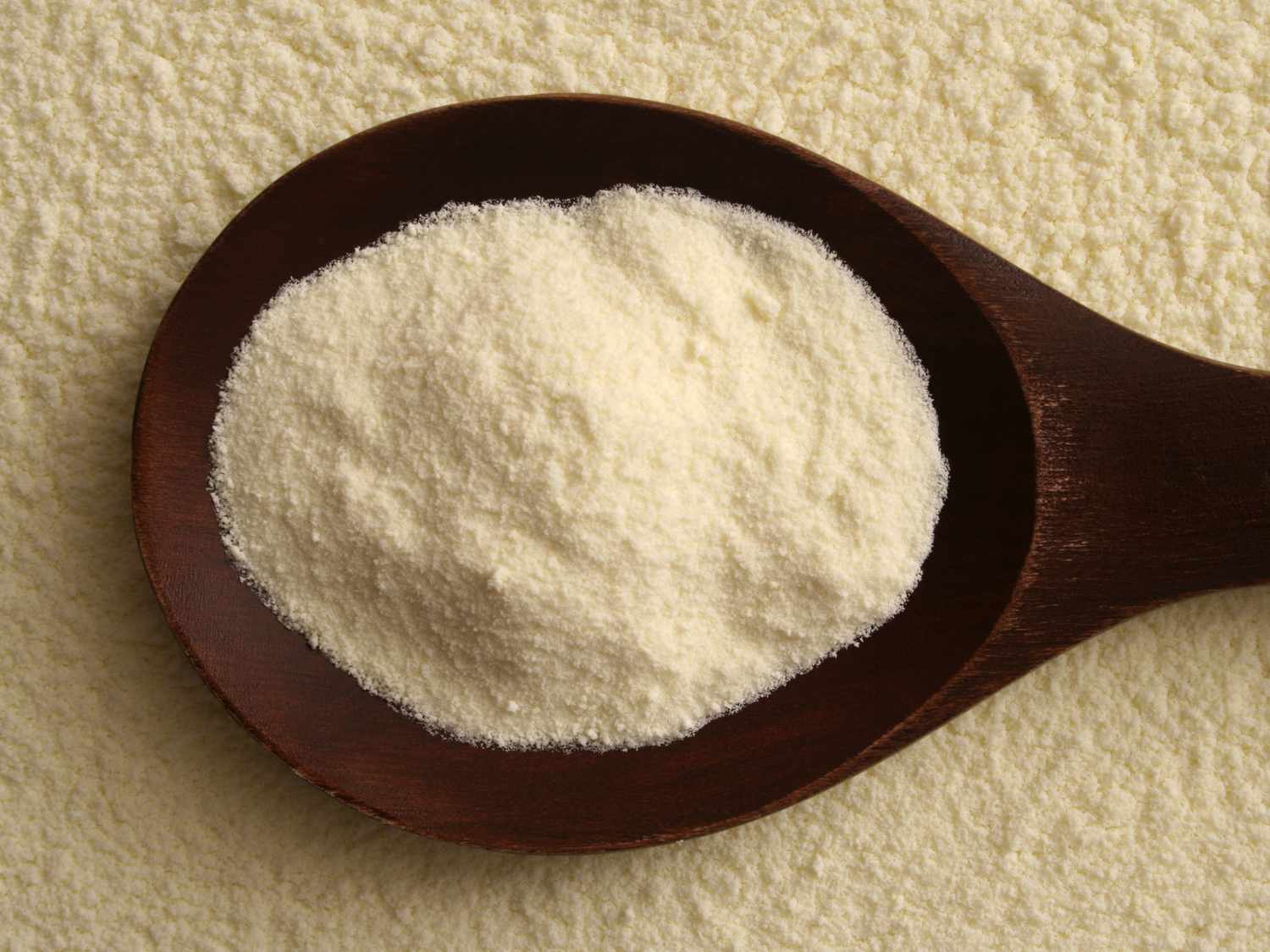
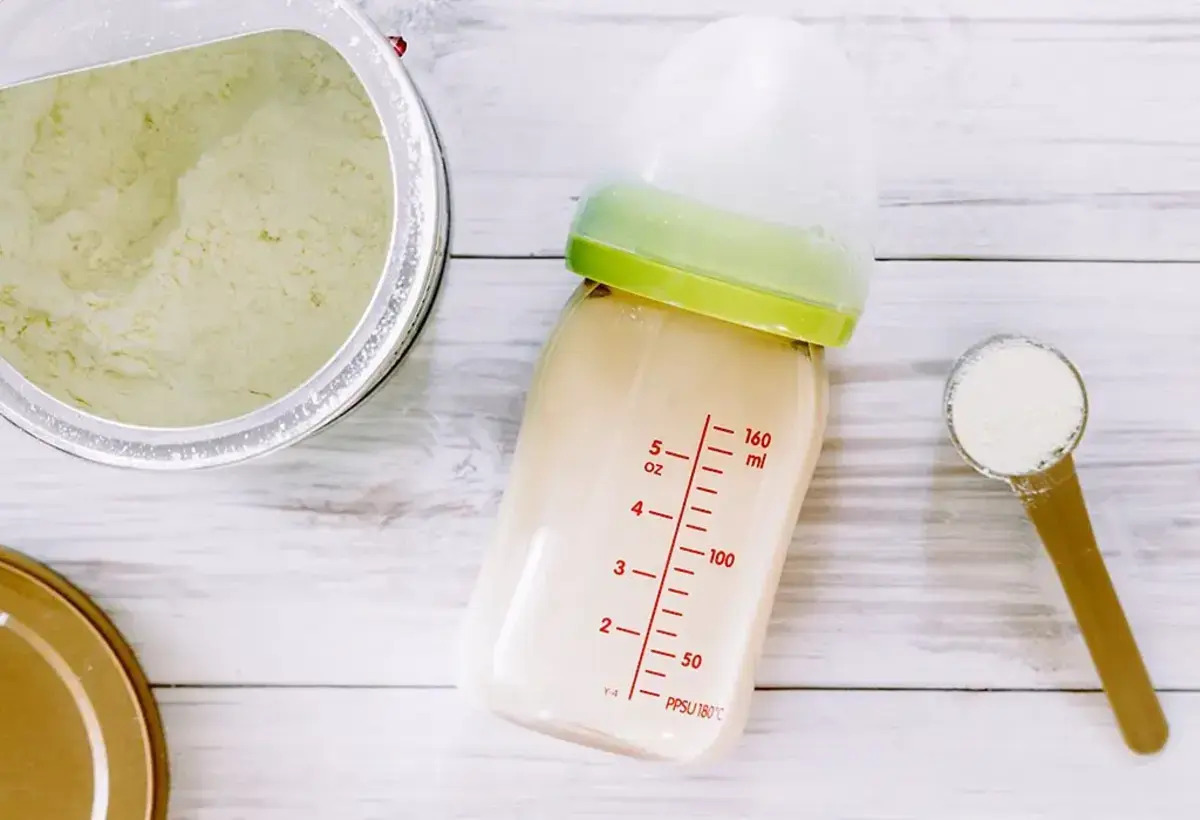
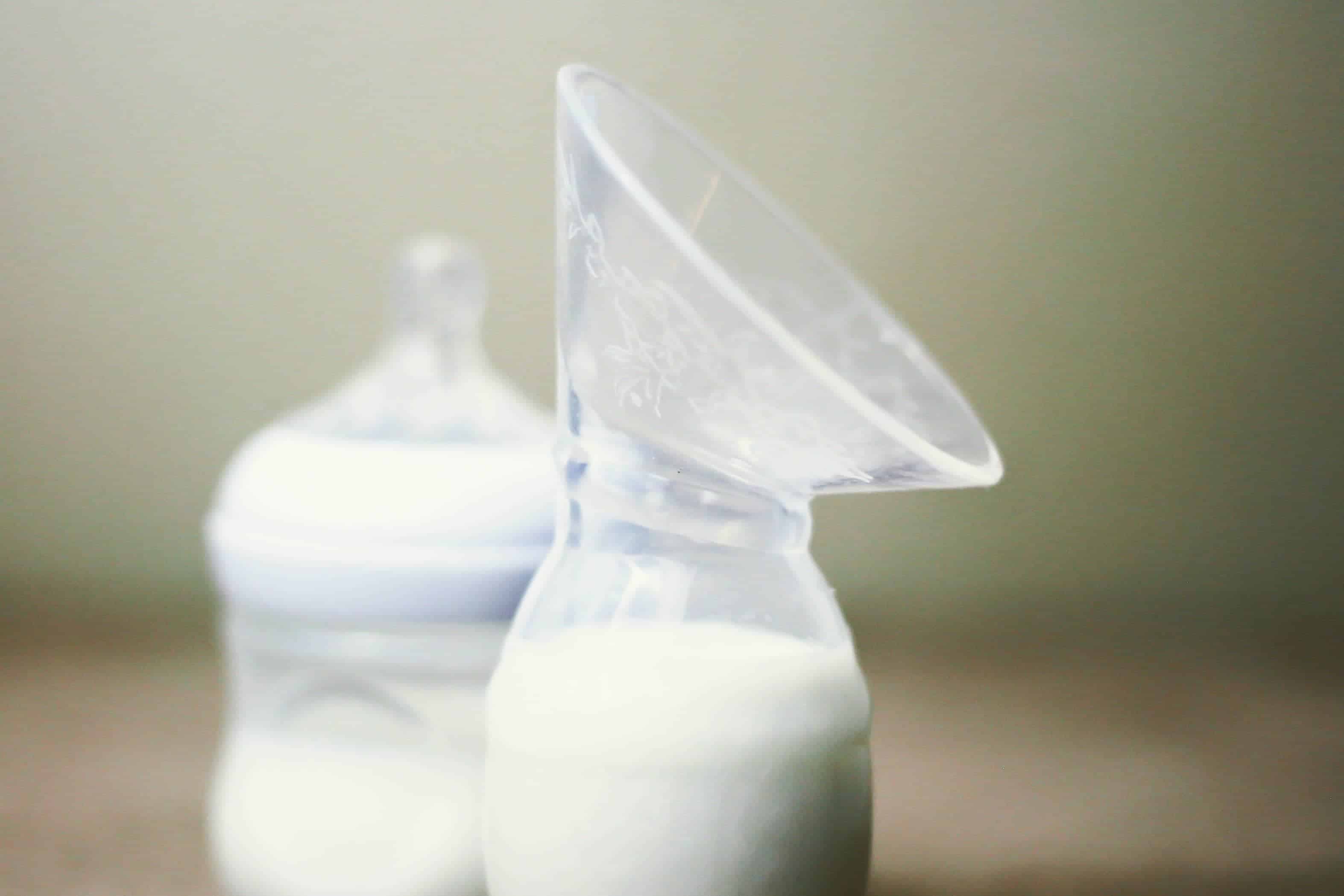
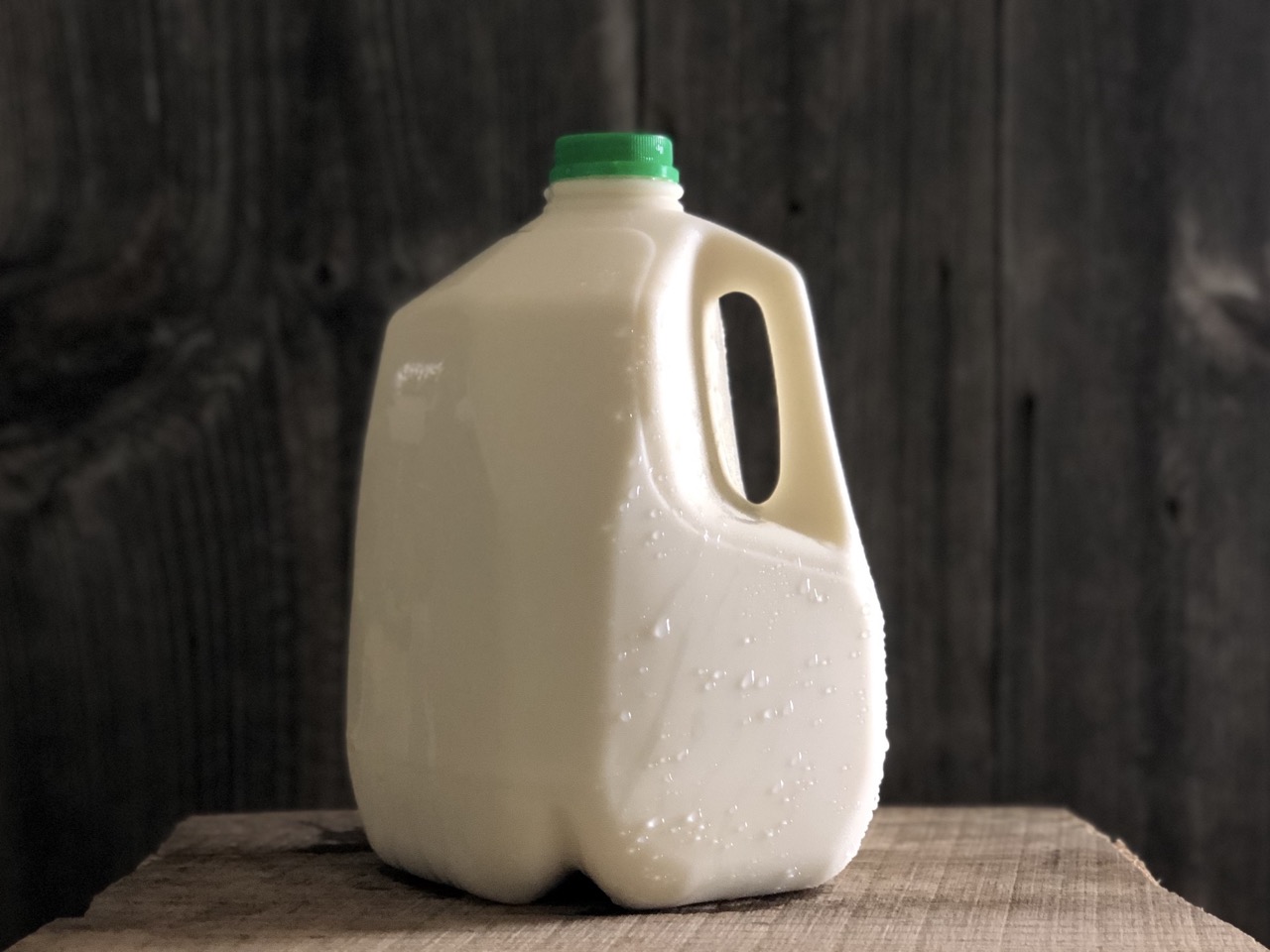
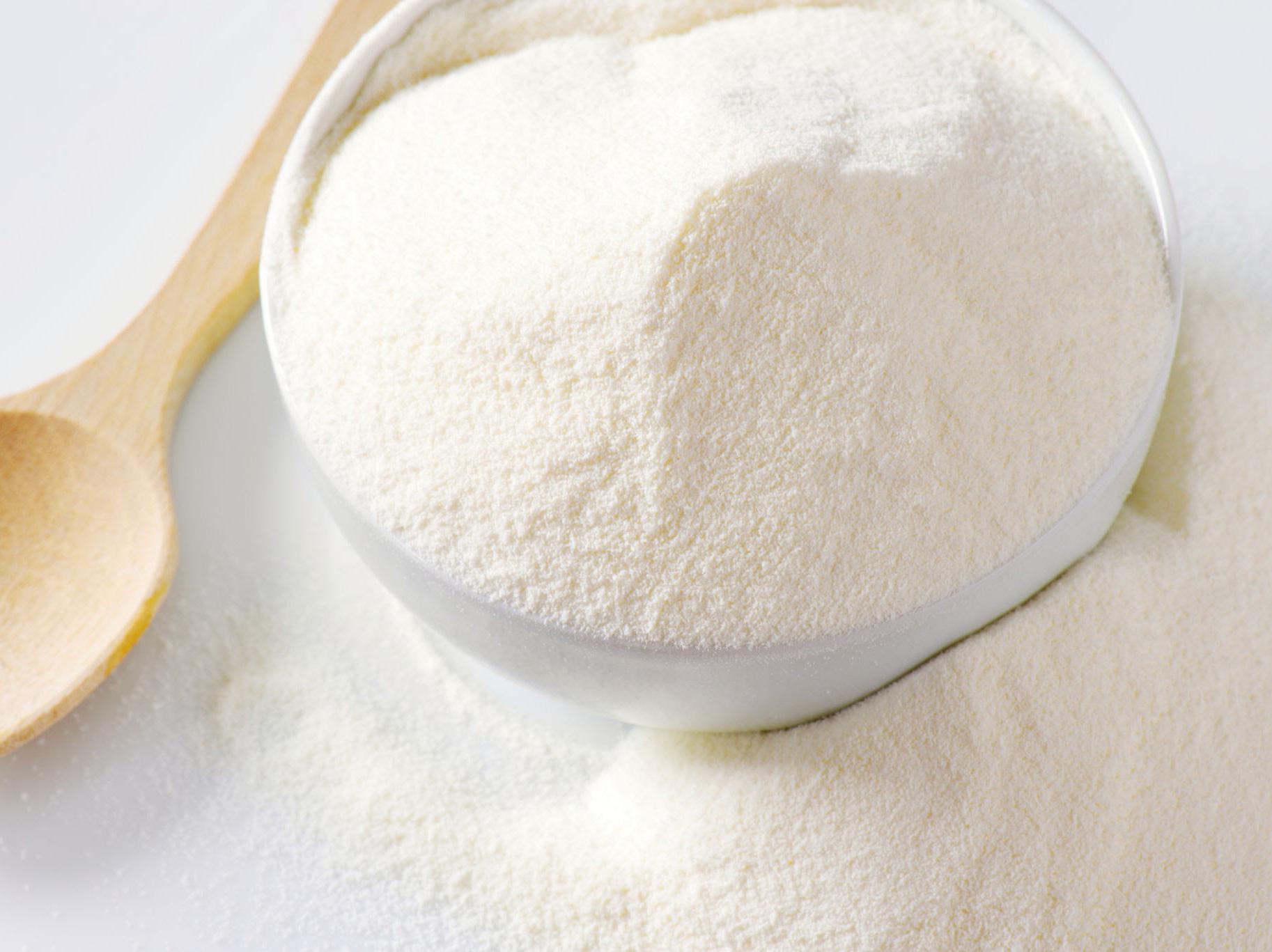
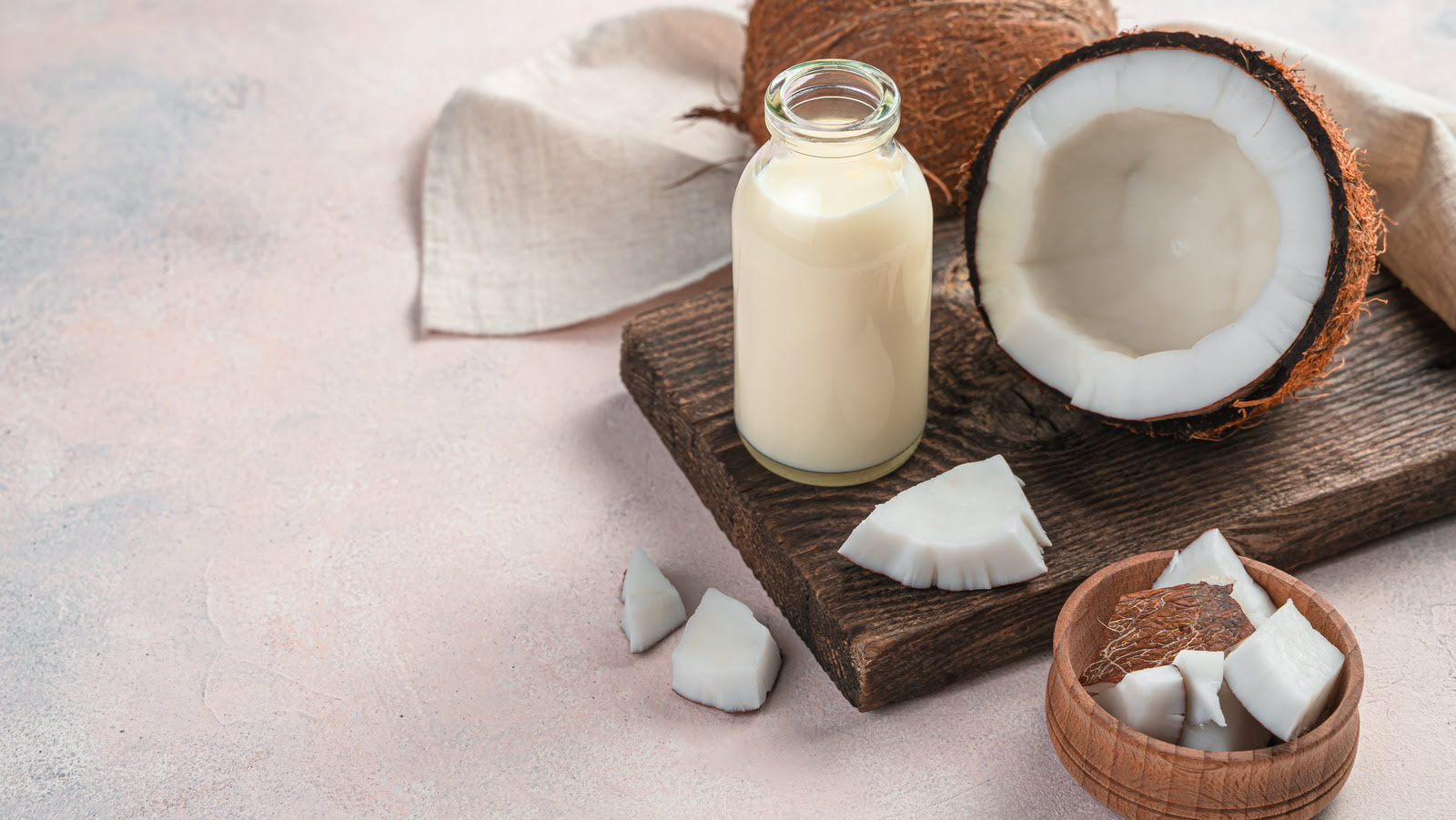
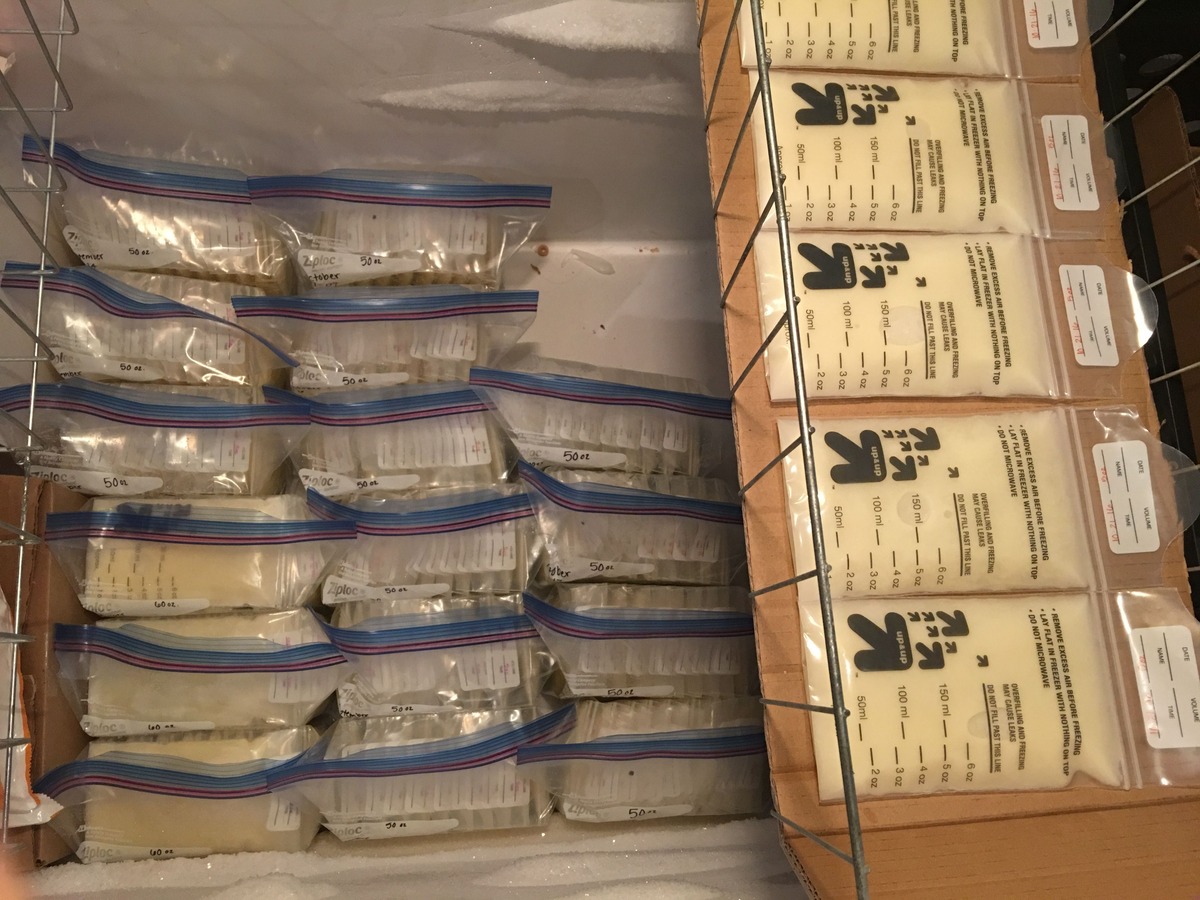
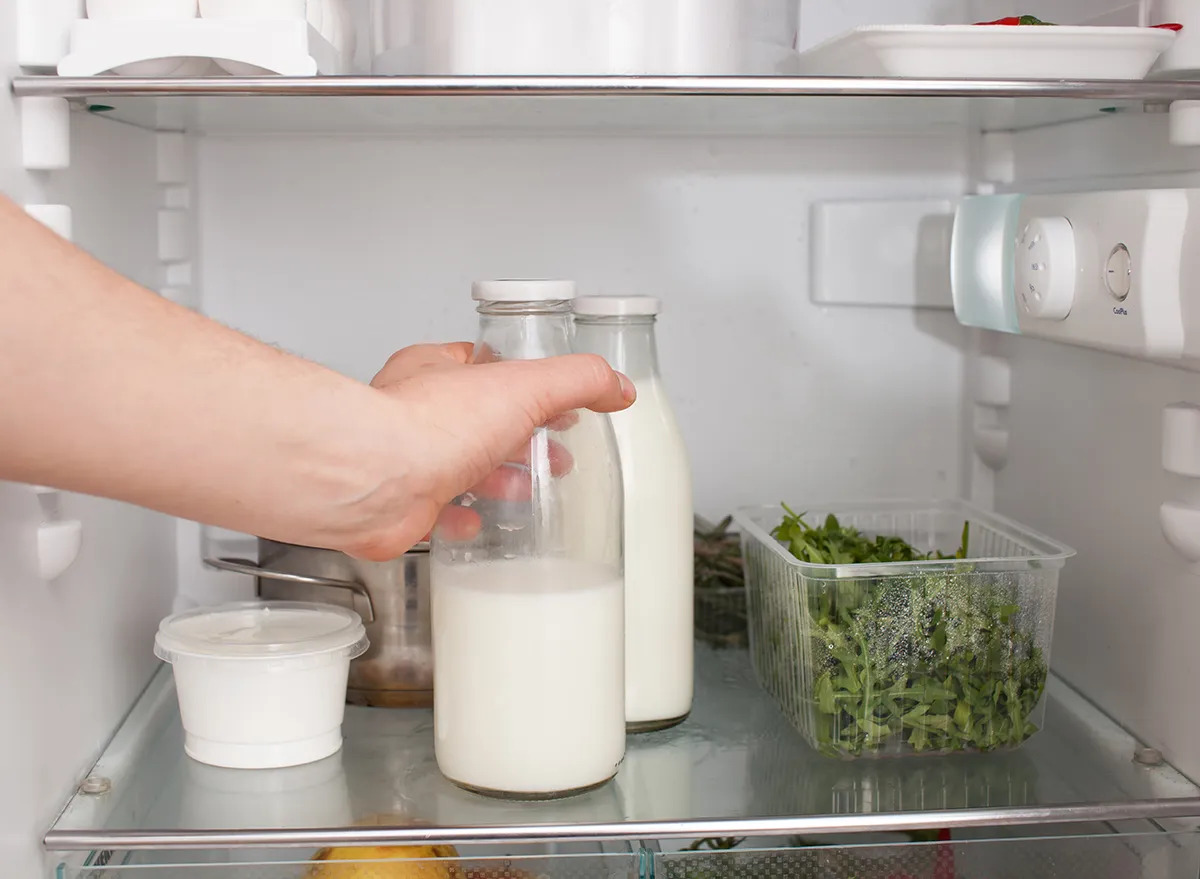
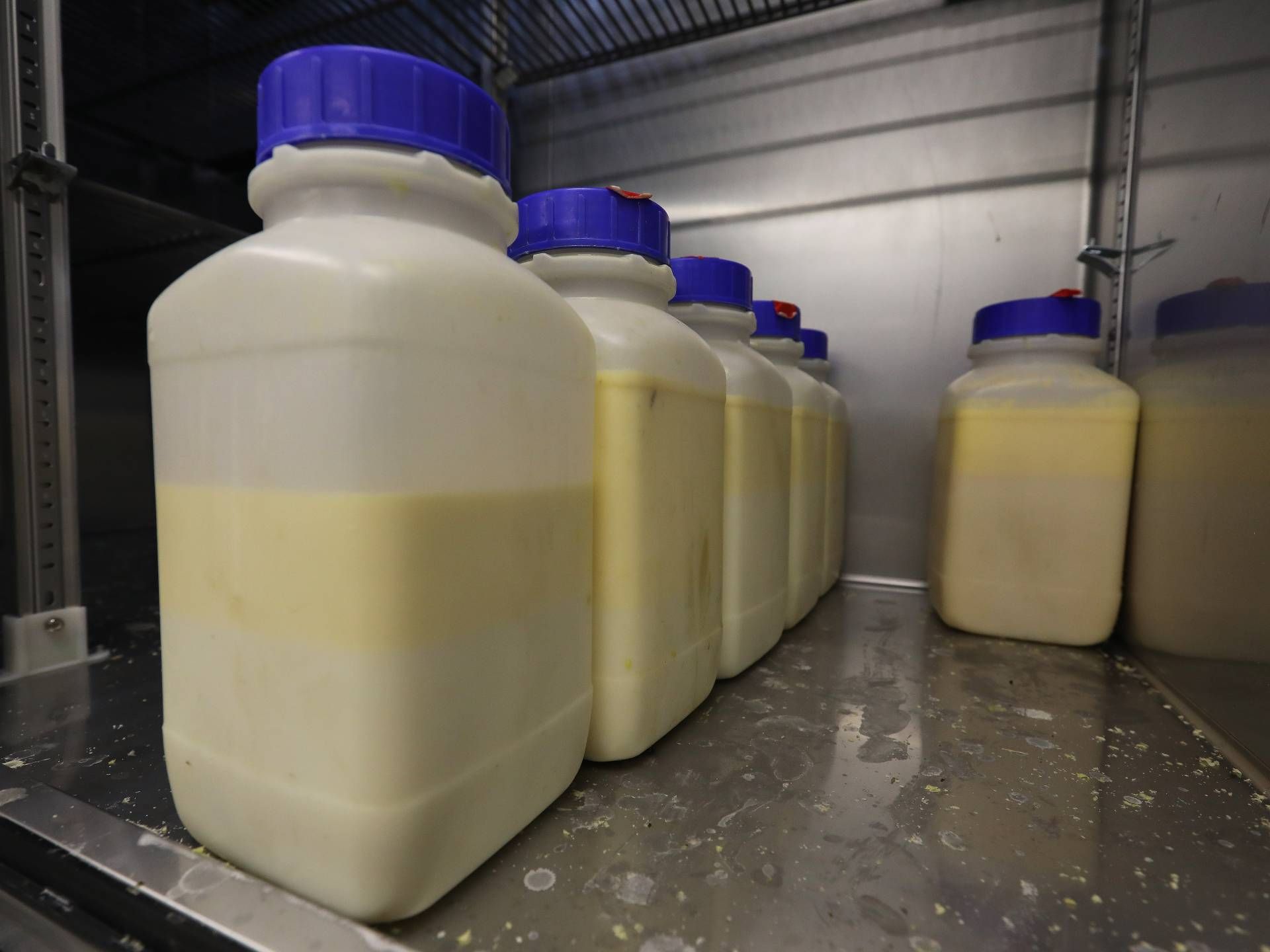

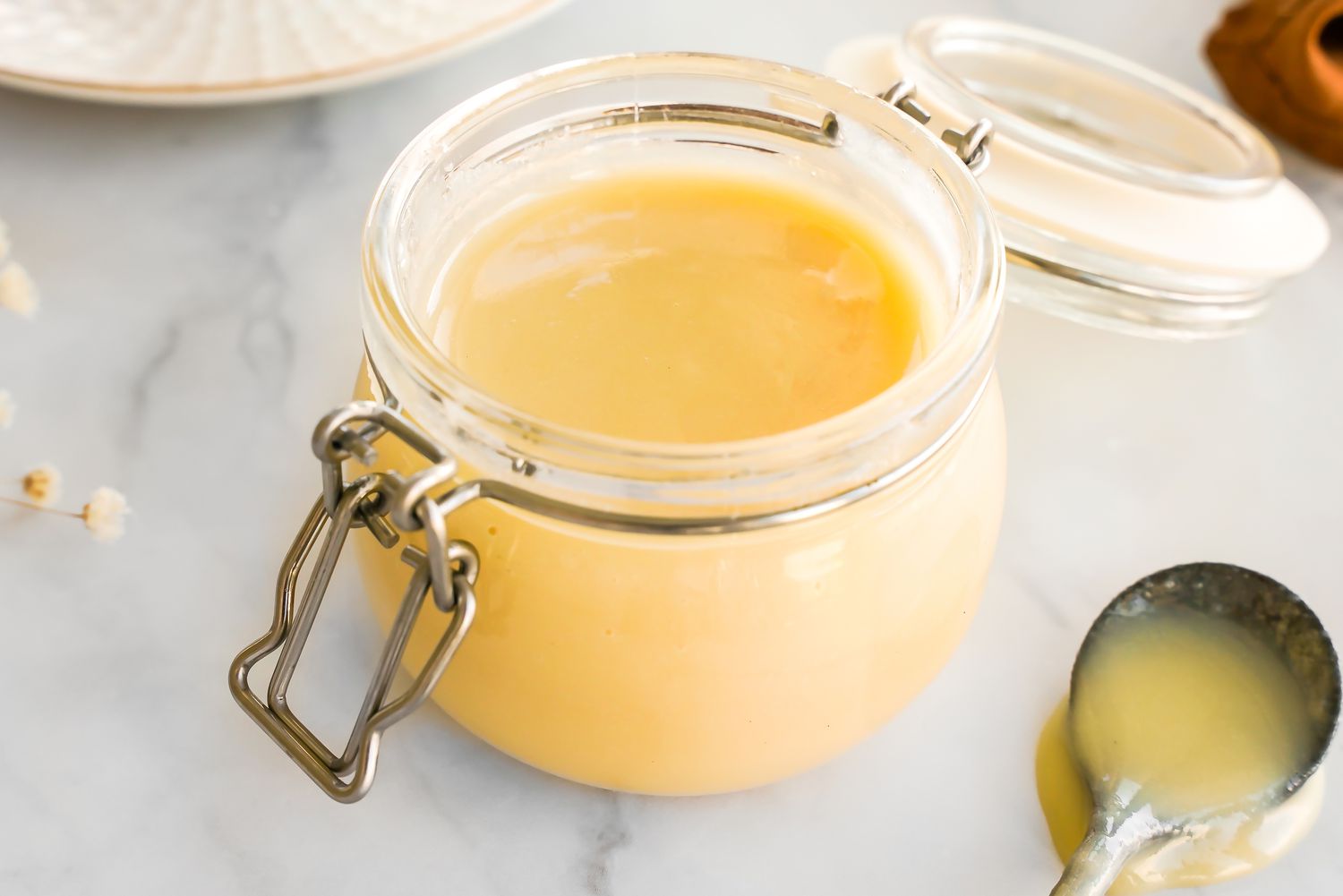
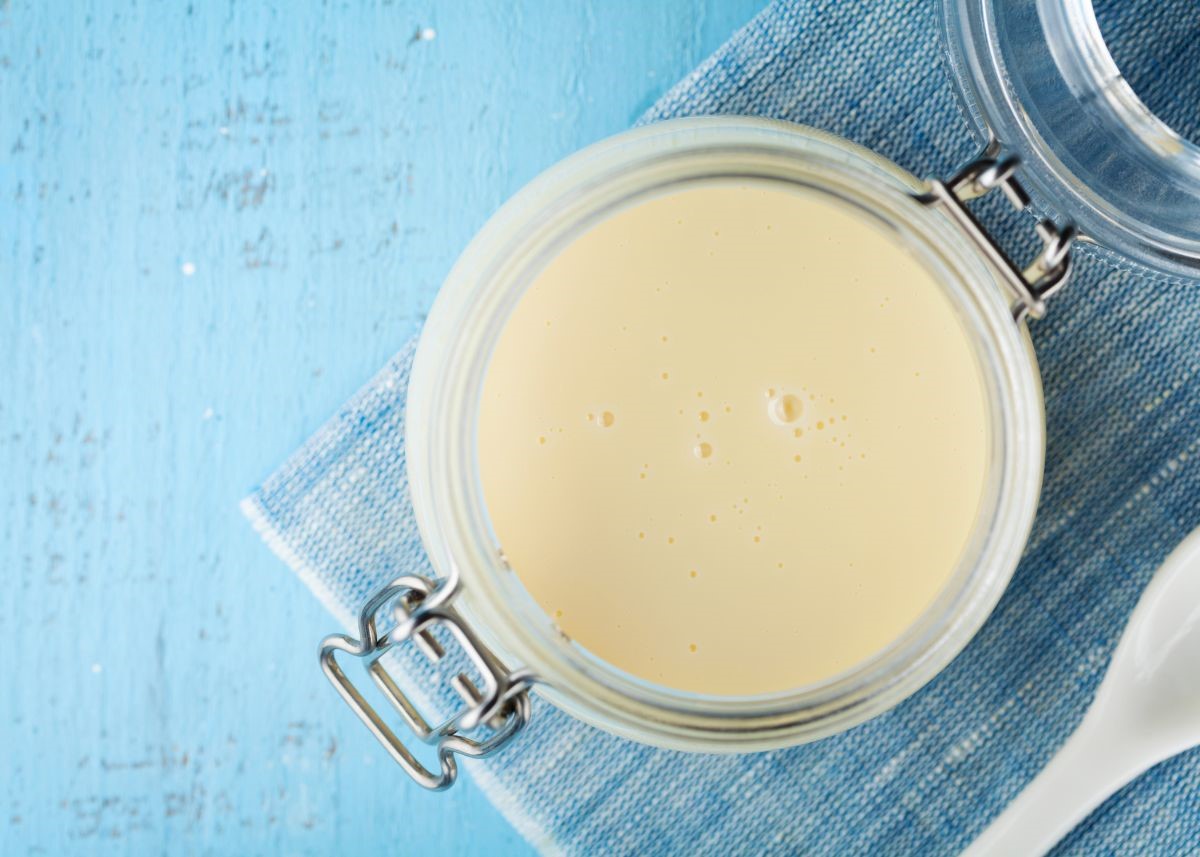
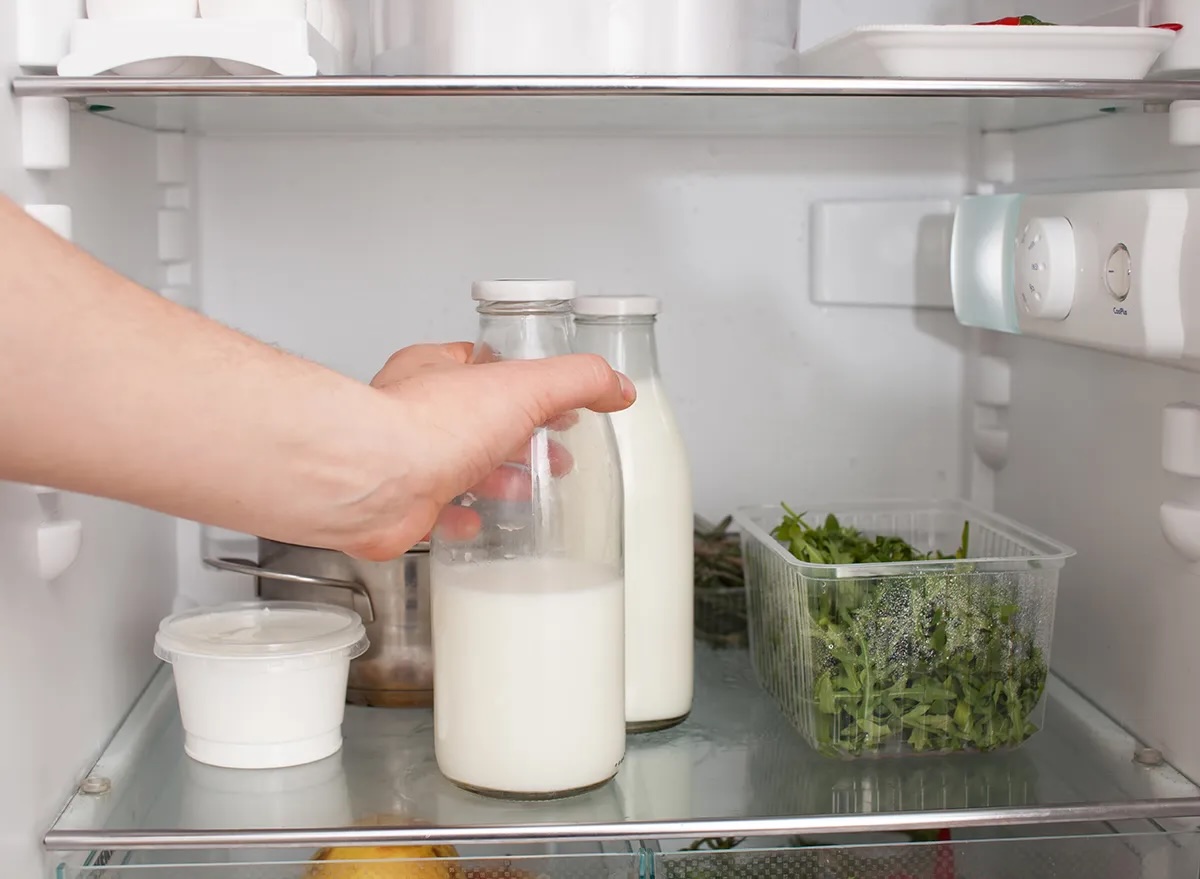

0 thoughts on “How To Store Milk Bread”